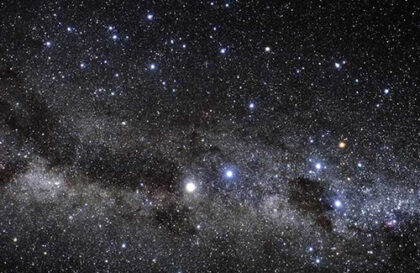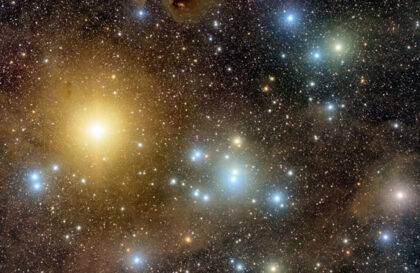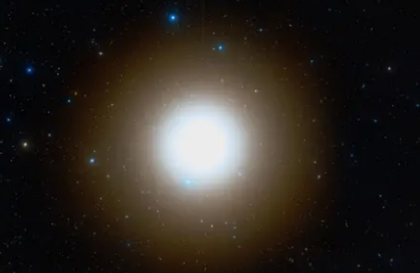They formed together. But they will never die together since the probability of having the same mass is very small, and the lifetime quickly decreases with increasing initial mass.
The more massive star will die sooner, becoming a red giant and then a white dwarf, neutron star, or black hole.
Introduction to binary stars
Binary stars are defined as two stars that orbit a common center of mass, held together by mutual gravitational attraction. These systems can be classified based on the distance between the two stars, the size of their orbits, and their relative brightness. Binary stars can be observed due to changes in their brightness or gravitational interaction.
There are several types of binaries, including visual binaries, spectroscopic binaries, and eclipsed binaries. Visual binaries can be distinguished as two separate stars by telescopic observation. On the other hand, spectroscopic binaries are identified by the Doppler shift of their spectral lines, indicating the presence of two stars. Eclipsing binaries are those in which two stars periodically eclipse each other, resulting in changes in their observed brightness.
Formation and characteristics of binary stars
Abraham Loeb, an Israeli-American theoretical physicist who works in astrophysics and cosmology, proposed that if a massive star rotates rapidly, the centrifugal force created by its disintegration will cause the core to spin, forming binary stars. This theory is supported by observations of binary stars at various stages of formation. Binary star formation occurs when two stars form close to each other or when one star splits into two. The orbital characteristics of binary stars vary depending on the mass and distance between the two stars. The two stars in a binary system revolve around a common center of mass known as the barycenter. The rotation period of binary stars can vary from a few days to thousands of years, depending on the distance between the two stars. Orbital eccentricity can also be used to determine the age of a binary system. Binary stars exhibit a wide range of physical characteristics, including temperature, luminosity, and composition differences.
Detection and observation of binary stars
One observational method is measuring the period and radial velocity curves of spectroscopic binary stars. This method involves observing changes in a star’s spectral lines as it orbits its companion star. Another method consists of measuring how starlight is blocked by the moon, as was done when the first exoplanet was discovered.
Adaptive optics allows telescopes to correct atmospheric distortions and obtain sharper images. In addition, interferometry will enable astronomers to combine light from multiple telescopes to create a virtual telescope with a larger aperture, allowing higher-resolution observations of binary stars.
Binary stars in astrophysics
Credit: Pete Lawrence
Binary stars have long been recognized as valuable astrophysical laboratories. These systems consist of two stars orbiting a common center of mass, giving astronomers a unique opportunity to study a wide range of physical phenomena, including:
– Star dynamics;
– Stellar atmospheres;
– Star winds;
– Accretion processes;
– Supernova explosions;
– Formation of a black hole.
Some examples of binary stars:
Alpha Centauri: This system consists of three stars, but two of them, Alpha Centauri A and Alpha Centauri B, form a binary star system. They are the closest star system to the Sun.
Sirius: This bright star is also a binary star. It consists of Sirius A and Sirius B. Sirius is the most shining star in the sky.
Albireo: This pair of stars in the Cygnus constellation is known for its striking contrast. Albireo consists of an orange main component and a blue satellite.
Dubhe and Merak: This pair of stars is part of the Big Dipper in the constellation Ursa Major. They are among the most famous binary stars in the sky.
Capella: This star is in the constellation Nomad and consists of four stars, two of which, Capella A and Capella B, form a binary star system.
Banner image: ALMA (ESO/NAOJ/NRAO), Alves et al.
Image credit:
https://www.eso.org
https://www.skyatnightmagazine.com






